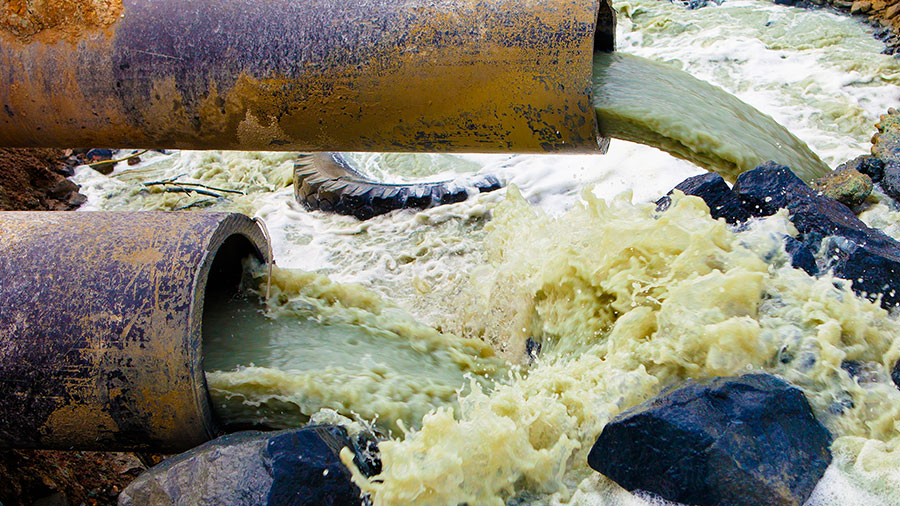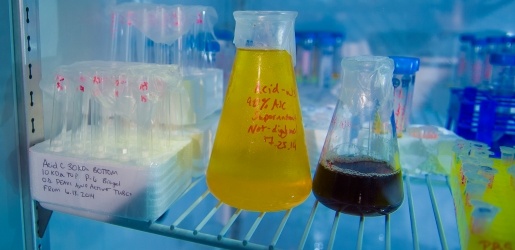Specialist Liquid Waste Removal Melbourne: Keeping Your Environment Clean
Specialist Liquid Waste Removal Melbourne: Keeping Your Environment Clean
Blog Article
Just How Liquid Garbage Disposal Works: An In-depth Overview of Strategies and Technologies Employed

Summary of Fluid Waste Types
The intricacy of liquid waste types demands a detailed understanding of their qualities and ramifications for disposal. Liquid waste can extensively be categorized right into numerous types, including commercial, community, agricultural, and hazardous waste. Each category shows unique residential or commercial properties, needing specific management techniques to alleviate ecological and health risks.
Industrial fluid waste originates from producing processes and typically includes a series of impurities, such as hefty metals, solvents, and organic substances. Community fluid waste, mostly making up wastewater from houses and commercial establishments, contains natural issue, nutrients, and pathogens (industrial wastewater treatment). Agricultural fluid waste, consisting of drainage from ranches, might include plant foods, chemicals, and pet waste, posturing threats to water high quality and ecosystems
Harmful fluid waste is identified by its poisoning, sensitivity, or possible to cause damage. Comprehending these varied fluid waste kinds is vital for establishing reliable disposal approaches and making certain compliance with environmental regulations.
Physical Treatment Methods

Screening is the preliminary step, where bigger particles and particles are eliminated from the liquid waste using screens or grates. This procedure secures downstream devices from damages and makes certain smoother procedure. Following screening, sedimentation uses gravitational force to separate solids from fluids. In sedimentation storage tanks, heavier particles clear up near the bottom, creating a sludge layer, while the cleared up fluid can be further treated.
Filtering is another essential approach that includes passing the fluid via porous materials, such as sand or membrane layers, to record smaller fragments. This step enhances the high quality of the fluid, making it suitable for subsequent treatment procedures.

Chemical Treatment Strategies
Chemical treatment strategies are vital for efficiently handling fluid waste, especially in addressing liquified and colloidal contaminants that physical techniques may not appropriately get rid of. These methods make use of different chemical agents to neutralize, speed up, or change harmful materials into much less hazardous forms.
One usual approach is coagulation and flocculation, where chemicals such as alum or ferric chloride are contributed to promote the gathering of suspended bits. This procedure boosts sedimentation, permitting simpler removal of the resulting sludge. Additionally, oxidation processes, using representatives like chlorine or ozone, are used to damage a knockout post down complex natural substances and virus, providing the waste safer for discharge or further therapy.
Neutralization is one more critical strategy, which adjusts the pH of acidic or alkaline waste streams to neutral levels, protecting against potential damage to downstream systems and the environment. Additionally, progressed oxidation procedures (AOPs) make use of combinations of oxidants and ultraviolet light to break down persistent toxins, accomplishing a higher degree of therapy effectiveness.
Organic Therapy Processes
Biological treatment procedures play a crucial role in the monitoring of liquid waste by making use of bacteria to break down natural issue and minimize impurity levels. These processes can be extensively categorized right into cardiovascular and anaerobic therapies, each utilizing particular microbial communities to attain reliable waste deterioration.
Cardio treatment includes using oxygen to facilitate the breakdown of natural products by bacteria. This process is typically executed in triggered sludge systems, where aeration storage tanks supply a favorable setting for microbial development, bring about the oxidation of organic toxins. The resultant biomass can be divided from dealt with effluent through sedimentation.
On the other hand, anaerobic therapy happens in the lack of oxygen, relying upon different germs to break down natural see this matter. This method is particularly helpful for high-strength waste, as it generates biogas, a sustainable power source, while lowering sludge production. Technologies such as anaerobic digesters are often utilized in metropolitan and industrial applications.
Both cardio and anaerobic biological treatments not only lessen the ecological effect this page of liquid waste but also assist in source recovery, making them crucial elements of sustainable waste monitoring methods. Their effectiveness, efficiency, and flexibility support their extensive application across various industries.
Arising Technologies in Disposal
Ingenious methods to fluid garbage disposal are quickly progressing, driven by improvements in innovation and a boosting focus on sustainability. Amongst these emerging innovations, membrane layer bioreactors (MBRs) have actually acquired traction for their capacity to combine biological treatment with membrane filtering, resulting in top quality effluent that can be reused in numerous applications. MBRs allow smaller sized impacts and extra effective operations contrasted to standard systems.
One more appealing advancement is the usage of anaerobic food digestion integrated with nutrient recuperation innovations, which not just treats liquid waste yet likewise generates biogas and recovers valuable nutrients like nitrogen and phosphorus. This double benefit improves source effectiveness and reduces environmental influence.
In addition, progressed oxidation procedures (AOPs) are being embraced for the deterioration of intricate natural contaminants. These methods utilize effective oxidants and stimulants to break down contaminants at the molecular level, supplying a very efficient service for challenging waste streams.
In addition, the assimilation of artificial knowledge and equipment knowing in waste management systems is enhancing functional efficiency and predictive upkeep, resulting in lowered expenses and boosted environmental conformity. These modern technologies mirror a substantial change towards even more lasting and effective fluid waste disposal practices.
Verdict
Finally, efficient fluid waste disposal demands a detailed understanding of various strategies and technologies. The assimilation of physical, chemical, and biological therapy methods makes sure the efficient administration of varied waste types. In addition, the development of cutting-edge technologies improves therapy efficacy and advertises sustainability in waste management methods. By continually advancing these approaches, it comes to be possible to deal with the expanding challenges related to fluid waste, inevitably adding to environmental management and source recovery.
Fluid waste disposal is an important element of environmental monitoring, needing a detailed understanding of various strategies and modern technologies customized to various waste kinds. Fluid waste can generally be classified right into numerous kinds, consisting of commercial, local, farming, and harmful waste. Agricultural fluid waste, including overflow from farms, may include fertilizers, pesticides, and pet waste, posturing threats to water top quality and ecosystems.
Various physical therapy approaches play an essential duty in taking care of fluid waste efficiently - industrial wastewater treatment.In conclusion, effective fluid waste disposal demands a detailed understanding of different techniques and technologies
Report this page